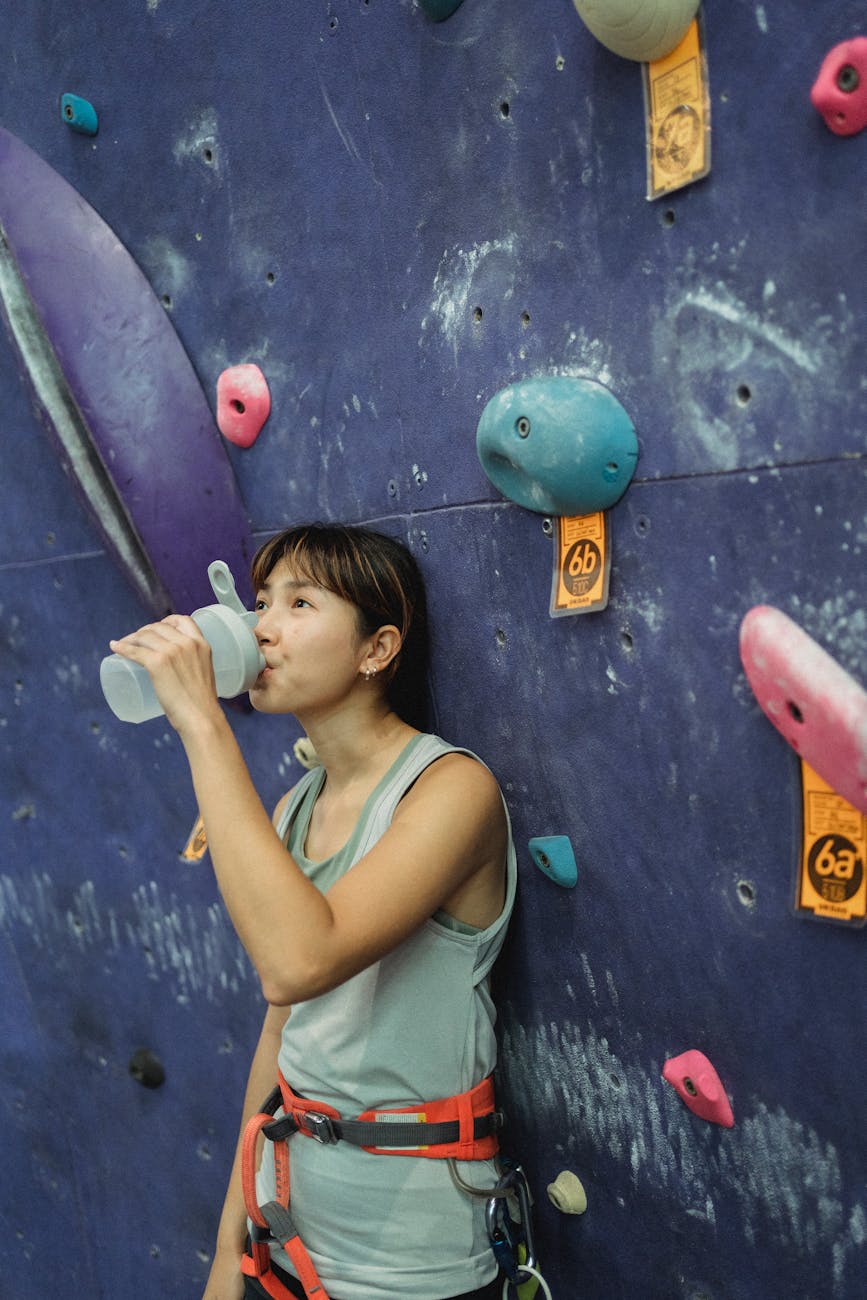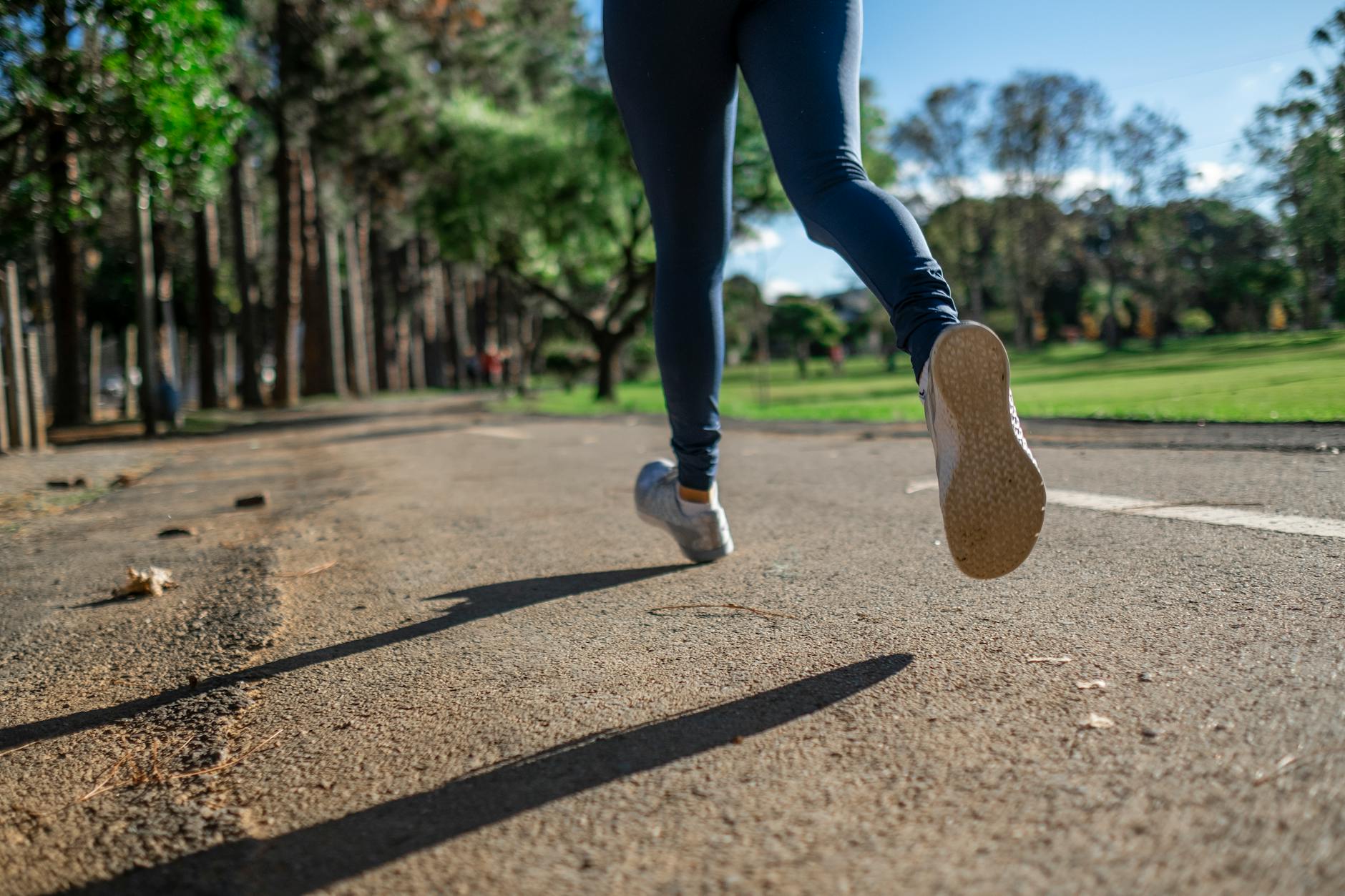Staying Safe and Fit in the Philippine Summer Heat
Greetings fellow parents and guardians! It’s your favorite mom blogger April from relaxlangmom.com here with a a few summer workout tips on staying active outdoors when the temperature and humidity are cranked up to 51°C . As we ease into the dog days of summer here in the Philippines, getting your daily dose of vitamin D and exercise can feel downright daunting.
As the temperatures soar, it’s important to take precautions when exercising outdoors or doing any strenuous activities. Heat-related illnesses like heat exhaustion and heat stroke can be dangerous if proper steps aren’t taken. But fear not – with a little resourcefulness and the right approach, you can keep yourself and the keiki moving without getting overcooked in the process. Here are some tips to help you stay safe while keeping fit this summer.
Let’s jump right into some heat-friendly fitness routines you can do outside even when Mother Nature is turning up the heat. The key is going at a slower pace and listening to your body’s limits. Sweating is good, passing out not so much! I’d also suggest choosing lower impact options over high intensity stuff for obvious reasons. And of course, hydration hydration hydration – make sure everyone is sipping water regularly throughout.

Hydrate, Hydrate, Hydrate
Proper hydration is key for summer workouts. Drink plenty of fluids before, during, and after exercise to replace what you lose through sweat. Aim for at least 7-10 ounces of water every 10-20 minutes during your workout. You can also replenish electrolytes lost through sweating by drinking sports drinks or adding a pinch of salt to your water.
Why Hydration Matters
- Your body is mostly water: Around 60% of your body weight is water, which plays a crucial role in regulating body temperature, lubricating joints, and delivering nutrients to your cells.
- Sweating cools you down: As your body temperature rises during exercise, you sweat to cool down. Sweat loss can be significant during summer workouts, so replacing those fluids is essential.
- Dehydration impacts performance: Even mild dehydration can zap your energy, decrease your endurance, and impair your concentration during exercise.
Staying Hydrated Throughout Your Workout
- Hydrate before, during, and after: Don’t wait until you feel thirsty to drink. Here’s a general guideline:
- Pre-workout (2-3 hours before): Aim for 16-20 ounces of water.
- During workout (every 15-20 minutes): Replenish fluids with 7-10 ounces of water. Adjust based on intensity and heat.
- Post-workout: Aim to drink enough to replace fluids lost through sweat. Weigh yourself before and after your workout. For every pound lost, consume 16-20 ounces of fluids.
- Listen to your body: While the above is a good starting point, individual needs can vary. Pay attention to your urine color. Darker colored urine indicates dehydration.
Electrolytes and Sports Drinks
- Electrolytes for extended workouts: While water is ideal for most workouts under an hour, sweat also contains electrolytes like sodium, potassium, and magnesium. These minerals play a role in muscle function and nerve transmission.
- Sports drinks for replacements: If you’re exercising intensely for longer than an hour, consider sports drinks that can help replenish electrolytes lost through sweat.
- Mind the sugar: Be mindful of the sugar content in some sports drinks. Opt for low-sugar options or dilute them with water.
- Natural alternatives: For a natural source of electrolytes, try coconut water or add a pinch of salt to your water.
Time It Right
Try to avoid the hottest times of day for outdoor activities. Schedule your workouts for cooler morning or evening hours when the sun isn’t at full strength. If you must exercise outdoors during peak heat, take frequent breaks in the shade to allow your body to cool down.
Dress for the Heat
Wear lightweight, loose-fitting, and light-colored clothing to help your body breathe and stay cooler. Look for moisture-wicking fabrics that will pull sweat away from your skin. Don’t forget a breathable hat or visor to shade your face. I’m a fan of Uniqlo summer clothes and they’re really cooler and good for Philippine summer.
Listen to Your Body’s Warning Signs
While staying hydrated is essential, it’s equally important to be an active listener to your body’s signals, especially during hot weather workouts. Push yourself, but prioritize safety. Here are some red flags to watch out for:
- Dizziness, lightheadedness, or feeling faint: These indicate a potential drop in blood pressure or blood flow to the brain, often due to dehydration or overheating.
- Nausea or vomiting: This can be a sign that your body is struggling to cope with the heat and exertion.
- Headache: A throbbing headache can be a warning sign of dehydration or heat stress.
- Muscle cramps: Painful muscle cramps can be caused by electrolyte imbalances or dehydration.
- Chills or feeling extremely cold despite the heat: This can be a paradoxical reaction to heat exhaustion and shouldn’t be ignored.
Taking Action When You Feel Off:
If you experience any of these symptoms, stop your workout immediately. Don’t try to push through it. Here’s what to do:
- Move to a cool, shaded area: Get out of direct sunlight and find a place to cool down.
- Hydrate aggressively: Replenish fluids by sipping on cool water or an electrolyte drink.
- Loosen clothing and remove layers: This allows for better heat dissipation.
- Apply cool cloths to your skin: Wet a towel with cool water and place it on your forehead, neck, or groin area.
- Consider fanning yourself: If available, use a fan or create airflow to promote cooling.
Seek Medical Attention When Needed:
If symptoms persist after taking these measures, or if you experience:
- Confusion or altered mental state
- Loss of consciousness
- Seizures
- Very high body temperature (above 103°F or 39.4°C)
Seek immediate medical attention. Heat stroke is a serious medical emergency and requires prompt treatment.
Remember: It’s always better to err on the side of caution. Shortening your workout or taking a break is a small price to pay for preventing heat-related illness. By being mindful of your body’s signals and taking action when needed, you can ensure safe and enjoyable summer workouts.
Acclimatize Gradually
If you’re just starting an exercise routine as the weather heats up, take it slow at first. Your body needs time to adjust to working out in the heat and humidity. Gradually increase the duration and intensity of your workouts over 1-2 weeks.
Find an Indoor Option
On dangerously hot and humid days, it’s best to take your workout indoors to an air-conditioned gym or shaded area. You can also look for indoor pools or try home workout videos until the heat wave passes.
Staying active is important, but your health and safety should be the top priority during the scorching Philippine summer. Listen to your body, take proper precautions, and don’t push yourself too hard in extreme heat. With some preparation, you can keep up your fitness routine all season long.

